Choosing the right size pad for your trampoline is important to ensure safety and prevent injuries. Let me tell you more about how to choose the right size pad:
Step #one: Measure the diameter of your trampoline frame
Measuring the diameter of your trampoline frame is the first and most important step in choosing the right size pad. Use a measuring tape to measure the distance across the widest point of your trampoline frame. Make sure to measure from outer edge to outer edge, rather than from the inside of the frame.

For example, if the widest part of your trampoline measures 12 feet (144 inches) across, then you will need to look for a pad that is at least 147 inches wide (adding a few inches for extra coverage).
It's important to measure your trampoline frame accurately, as choosing the wrong size pad can result in gaps that leave exposed springs or frame edges, increasing the risk of injury.
Do I need to measure the length of the springs?
Measuring the length of the springs is not necessary for choosing the right size pad. The size of the pad you need is determined by the diameter of your trampoline frame, which is the distance across the widest point of the frame.
The pad should be large enough to cover the frame and the springs, but it doesn't need to be the exact length of the springs. In fact, most pads are designed to fit multiple spring sizes, so you don't need to worry about measuring each spring individually.
However, it's important to make sure that the pad you choose fits securely over the springs and covers them completely. This will help prevent jumpers from coming into contact with the springs, reducing the risk of injury.
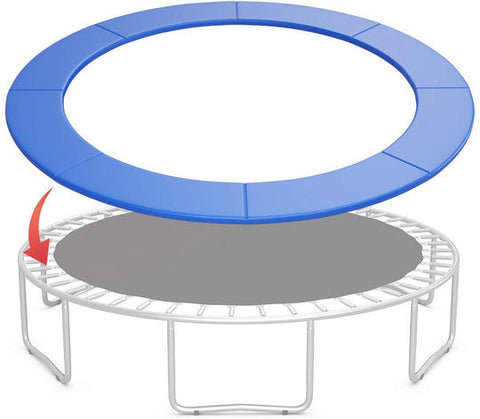
If you're concerned about the length of the springs or want to make sure the pad fits securely, you can check the manufacturer's recommendations for the specific model of your trampoline. The manufacturer may have specific guidelines for choosing the right size pad or may offer pads that are designed to fit their trampoline models.
Step #two: Check the thickness of the pad
The thickness of the pad is also important to consider as it affects the amount of protection it provides. Look for a pad that is at least 1 inch thick, but thicker pads can offer more protection.
Step #three: Consider the material of the pad
The material of the pad can also affect its durability and performance. Look for a pad made of high-quality materials that can withstand weather conditions and frequent use.
Trampoline mats are typically made from either polypropylene (also known as polyprop) or permatron. Both of these materials are durable and long-lasting, but permatron is generally considered to be of higher quality.
Permatron is a type of heavy-duty polypropylene material that is coated with a layer of PVC (polyvinyl chloride). This coating makes the material more resistant to UV rays, which can cause fading and deterioration over time. Permatron mats also tend to be thicker and more durable than standard polypropylene mats, with a higher weight capacity and greater resistance to wear and tear.
When looking for a high-quality trampoline mat, it's important to consider the material, thickness, weight capacity, and UV resistance. Look for mats that are made from permatron or heavy-duty polypropylene with a PVC coating, and choose a thickness and weight capacity that is appropriate for your trampoline size and usage.
Is a trampoline pad necessary? Can I use the trampoline without a pad?
While it's possible to use a trampoline without a pad, it's not recommended. A trampoline pad is an important safety feature that helps to protect users from injury by covering the steel frame, springs, and other hard parts of the trampoline.
Without a pad, users are at risk of hitting the hard metal parts of the trampoline if they fall or land incorrectly. This can result in bruises, cuts, fractures, or even more serious injuries.

In addition to providing protection, a trampoline pad can also help to extend the lifespan of your trampoline. It can protect the frame and springs from rust and corrosion caused by exposure to the elements, as well as prevent UV damage to the mat and other components.
So, while it's technically possible to use a trampoline without a pad, it's not recommended for safety reasons. It's always best to use a high-quality pad that is designed specifically for your trampoline to ensure maximum protection and longevity.


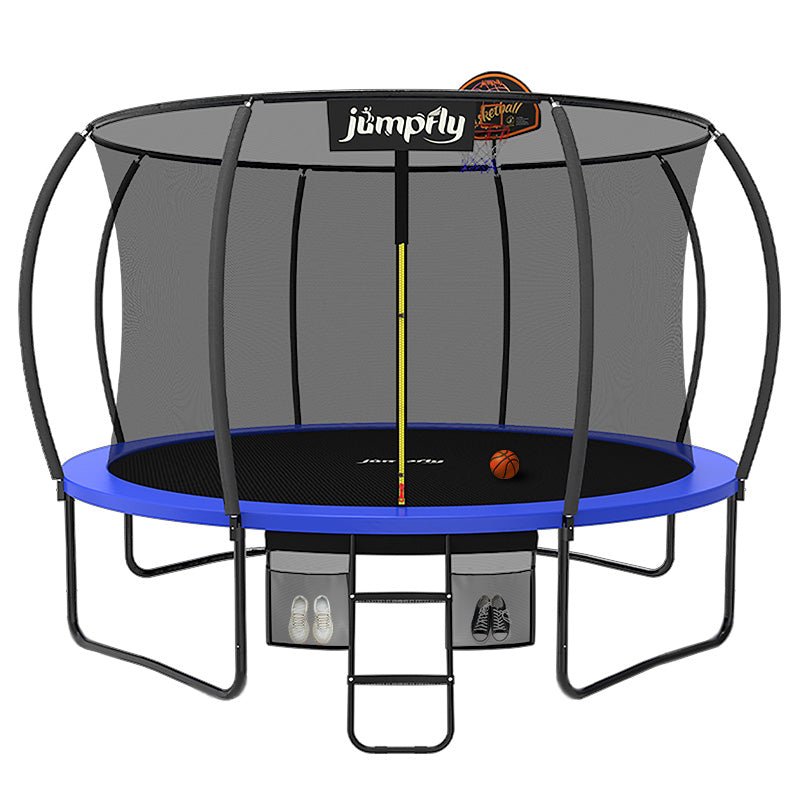
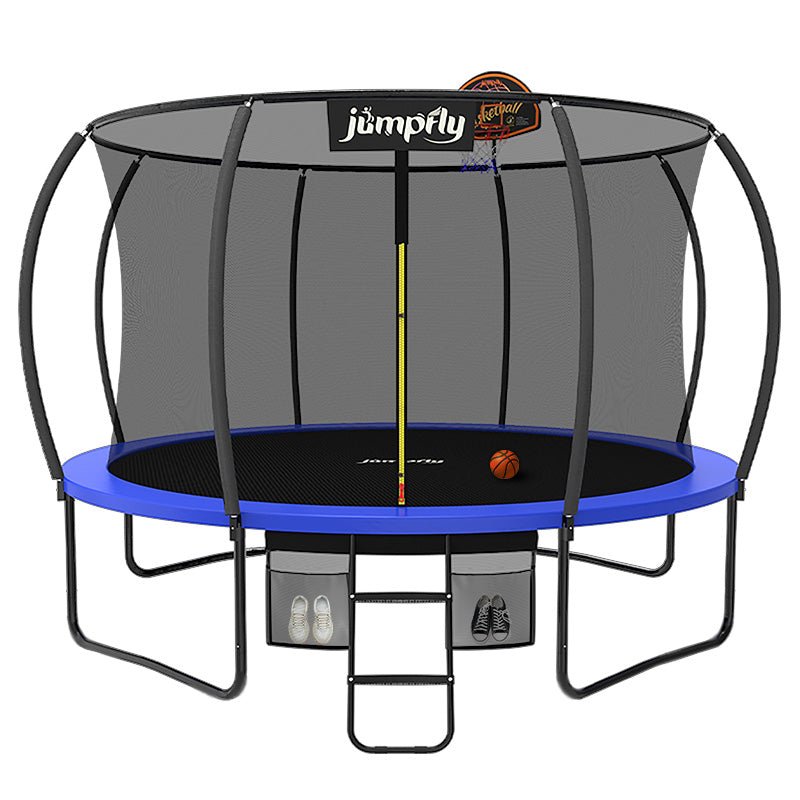


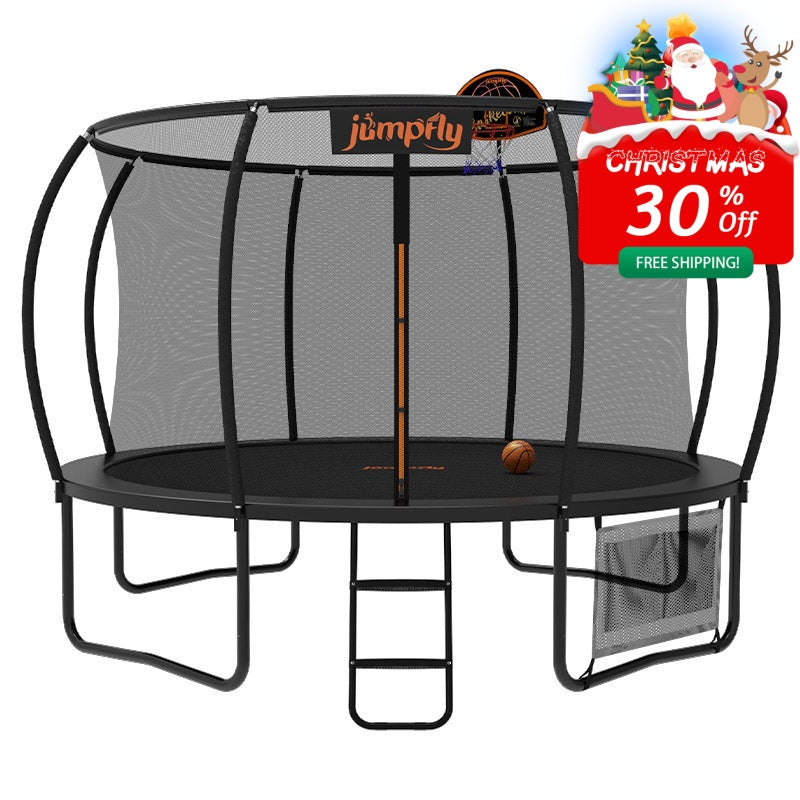
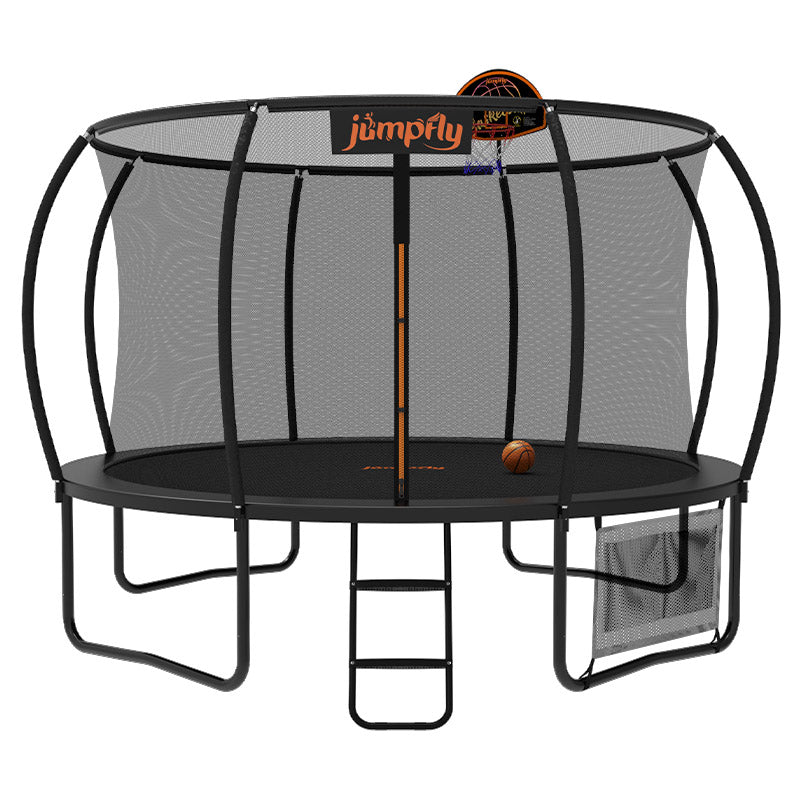
Leave a comment
All comments are moderated before being published.
This site is protected by hCaptcha and the hCaptcha Privacy Policy and Terms of Service apply.